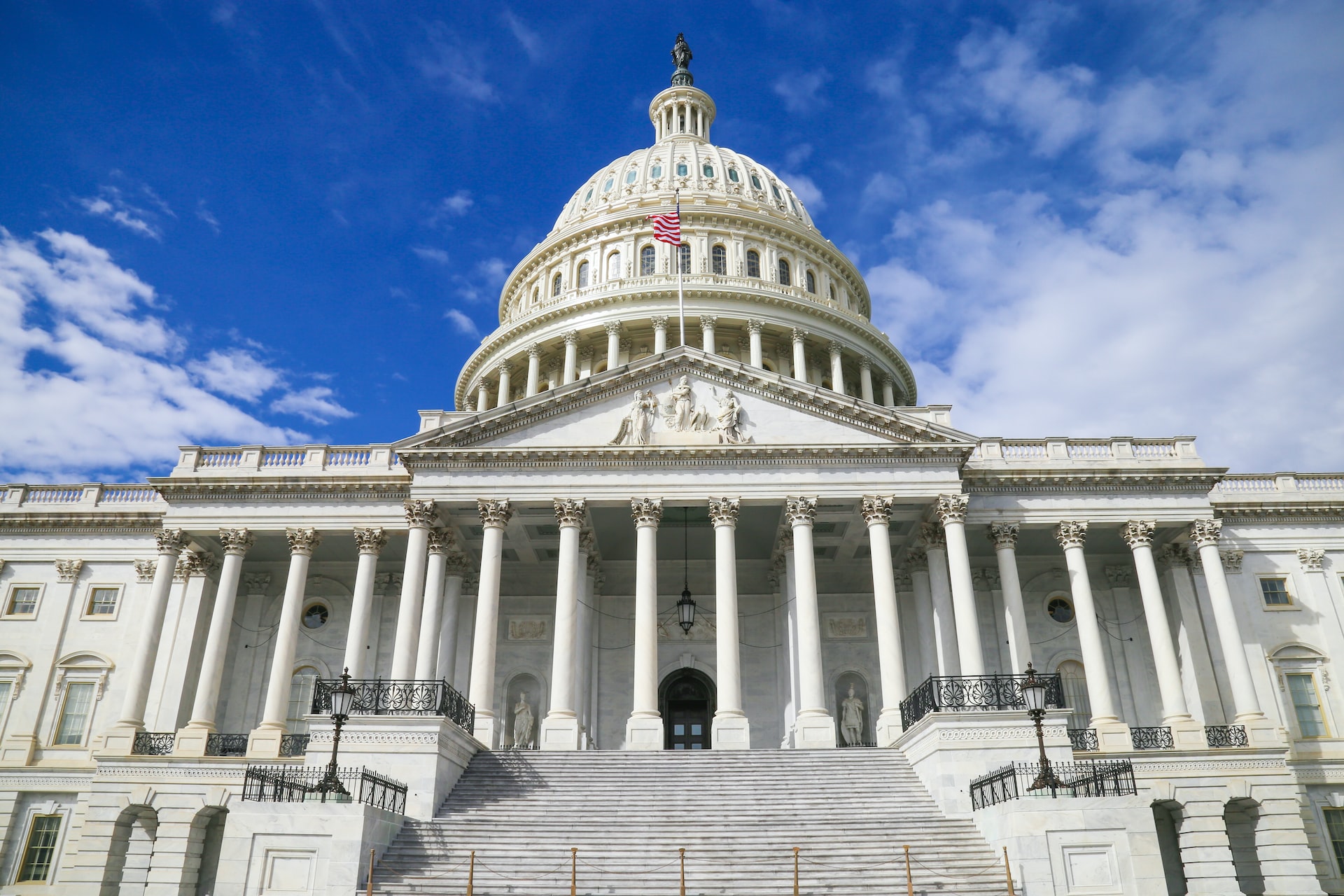Capitol Correspondence - 11.02.21
The Build Back Better Act: $150 Billion for Medicaid HCBS Funding and Other Important Programs

Share this page
Stay Informed on the Latest Research & Analysis from ANCOR
More News
Capitol Correspondence - 12.02.25
Clock Ticks on ACA Subsidies as Proposals Hit Resistance
Capitol Correspondence - 12.02.25
DOL Launches “Project Firewall” to Step Up H-1B Visa Enforcement
Stateside Report - 12.01.25
Stateside Report: December 01, 2025


